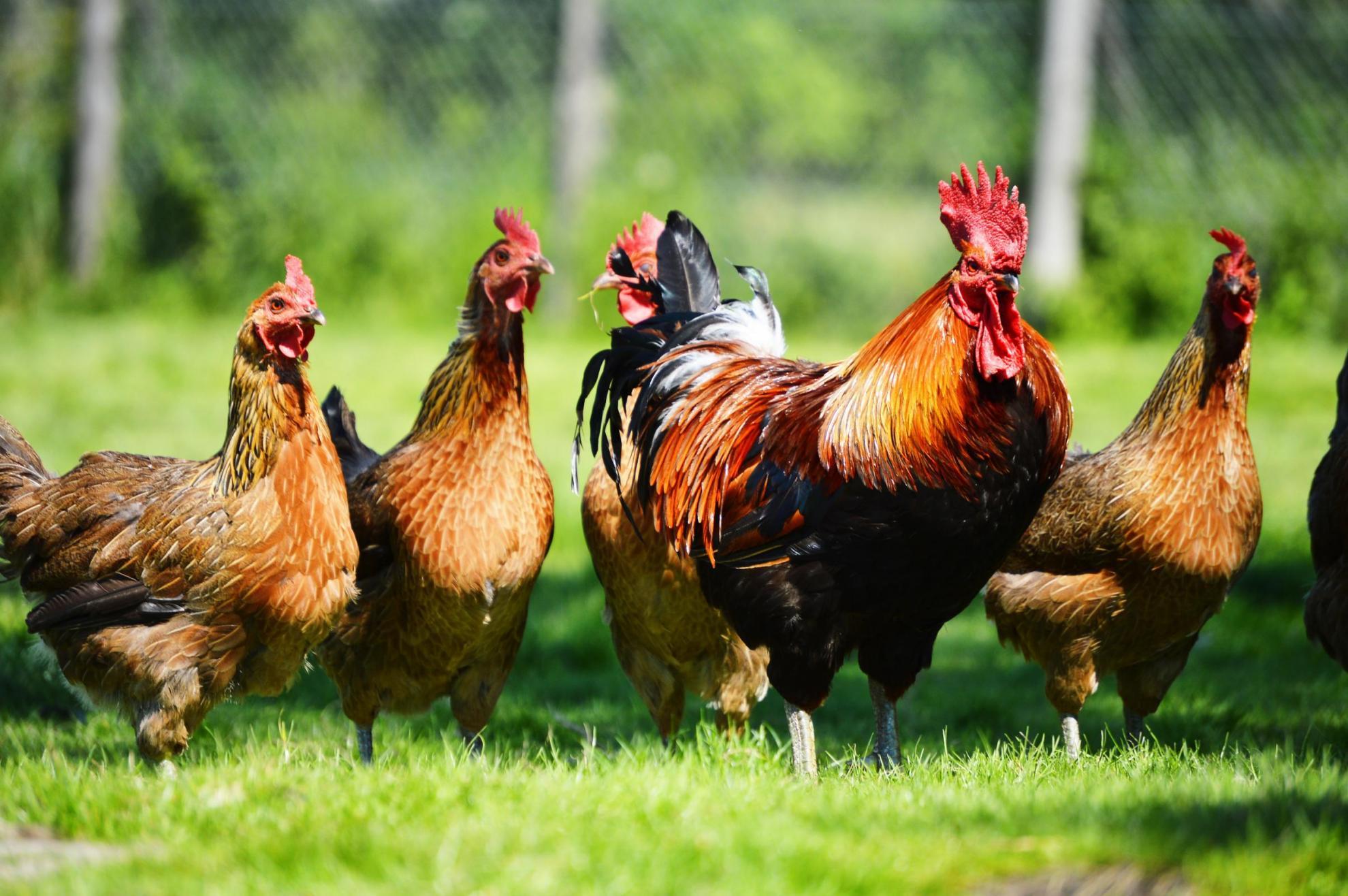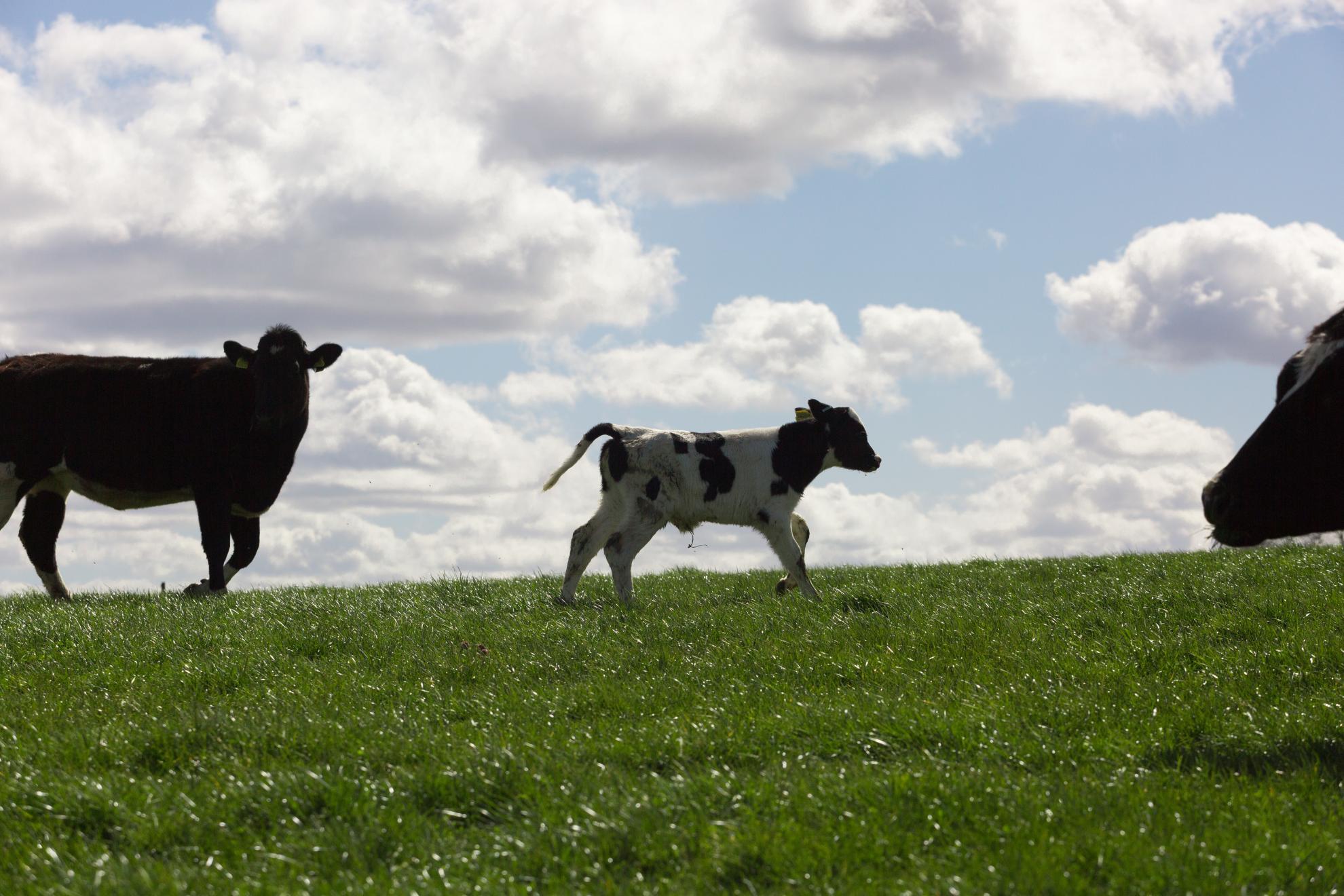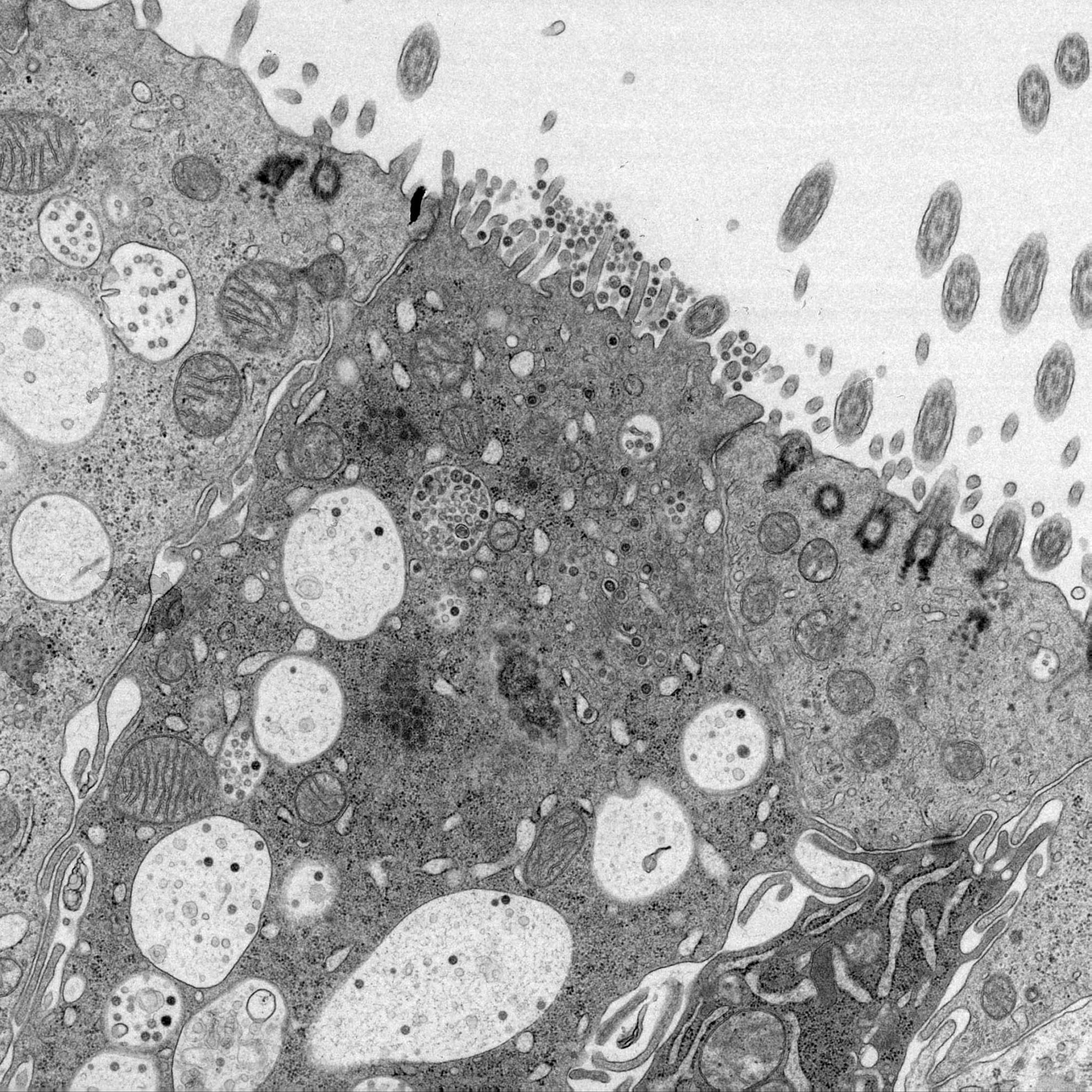Attenuation of infectious bronchitis virus in eggs results in different patterns of genomic variation across multiple replicates
The gammacoronavirus infectious bronchitis virus (IBV) causes an acute, highly contagious respiratory disease of poultry. Live attenuated vaccines are traditionally generated by serial passage of a virulent strain in embryonated chicken eggs, however the molecular mechanism of attenuation is unknown. The virulent lab adapted strain of IBV, M41-CK, was egg-passaged over one hundred times in four parallel independent replicates. All four final egg-passaged viruses were attenuated in vivo and exhibited similar growth phenotypes in adult chicken kidney cells and ex vivo tracheal organ cultures. The virus populations were sequenced by 454 pyrosequencing at the end of passaging, showing that overall sequence diversity in the IBV population increased but the four replicates only had between 11 and 17 consensus-level single nucleotide polymorphisms (SNPs). Although hotspots of variation were identified in spike and nucleocapsid structural proteins as well as the 3' untranslated region, each attenuated virus possessed a different pattern of genomic variation. Overall, only a small number of consensus-level SNPs were acquired during egg passage, leaving a potentially short route back to virulence. These results highlight the unpredictable nature of attenuation by serial egg passage and the need to develop mechanisms to rationally attenuate IBV for the next generation of effective vaccines.ImportanceInfectious Bronchitis remains a major problem in the global poultry industry, despite the existence of many different vaccines. IBV vaccines are currently developed by serial passage of a virulent strain on embryonated hen's eggs until attenuation, however little is known about the evolution of the viral population during the process of attenuation. High throughput sequencing of four replicates of a serially egg-passaged IBV revealed a different pattern of genomic variation in each attenuated replicate and few consensus-level SNPs. This raises concerns that only a small number of genomic mutations are required to revert to a virulent phenotype, which may result in vaccine breakdown in the field. The observed hotspots of variation in the attenuated viruses has the potential to be used in the rational attenuation of virulent IBV for next generation vaccine design.



